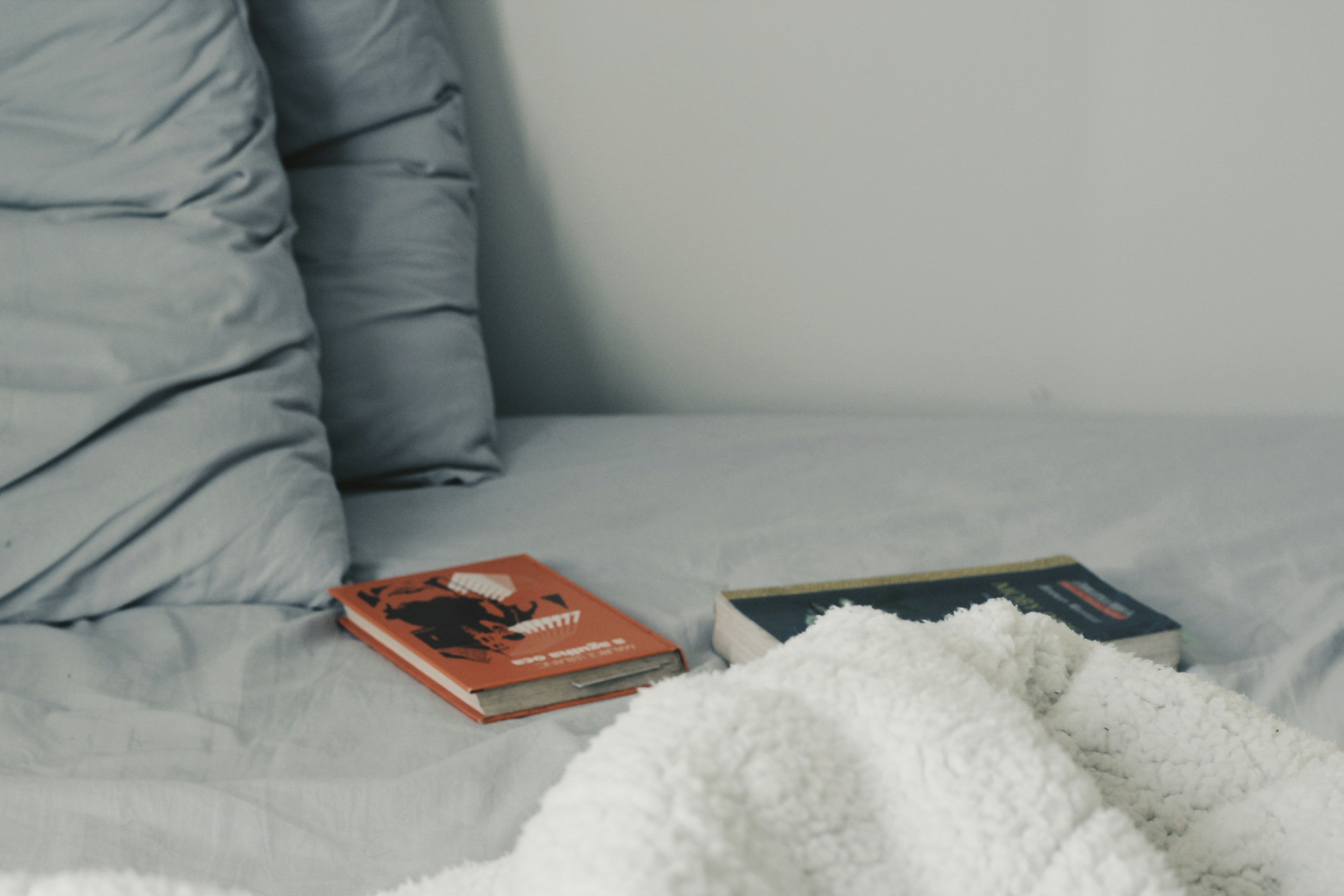How to Wash a Weighted Blanket with Plastic Pellets: Mosaic’s Easy-Care Guide
Weighted blankets offer incredible benefits for sleep and relaxation, but proper care is key to maintaining those benefits over time. At Mosaic Weighted Blankets, we use high-quality plastic pellets instead of micro glass beads to ensure our blankets are safer, longer-lasting, and easier to clean. If you own a Mosaic blanket, here’s everything you need to know to wash and care for it correctly.
Why We Use Plastic Pellets (Not Glass Beads)
Many weighted blankets use micro glass beads, but these can degrade, clump when wet, and may even contain trace amounts of harmful elements like lead or arsenic. Mosaic’s plastic pellets are hypoallergenic, non-toxic, and highly durable, so they maintain their integrity even after many washes. They’re also 100% recyclable and lighter to transport, which lowers their environmental footprint. Most importantly, they make our blankets machine washable and dryer-friendly, which is something glass bead–filled blankets often aren’t.
Before You Wash
Always check the sewn-in care label on your Mosaic blanket before cleaning. If your blanket has a removable cover, take it off and wash the cover separately according to its care instructions. This helps protect the inner blanket and reduces the need for frequent full washes.
Inspect your blanket for any stains and spot treat as needed using a mild stain remover. Gently blot the area with a clean cloth and avoid scrubbing to prevent fabric damage.
Machine Washing Instructions
Mosaic weighted blankets are machine washable, a major benefit of our plastic pellet design. Here are the proper settings:
-
Wash on cold
-
Use a gentle or delicate cycle
-
Add a mild, bleach-free detergent
-
Skip bleach, fabric softeners, and high heat
If your blanket weighs more than 15 pounds, we recommend using a commercial-sized washing machine. This ensures the blanket gets thoroughly cleaned without damaging your home washer.
How to Dry Your Mosaic Blanket
After washing, drying your blanket properly is just as important as washing it. Lay it flat to dry on a clean surface like a table or drying rack, and allow it to dry for at least 24 hours. This helps avoid clumping and ensures the blanket maintains its shape and even weight distribution.
If you want to soften the blanket a bit, you can fluff it in the dryer for 5 minutes on low heat before laying it out to dry. Avoid high heat, which can degrade fabric or affect the plastic pellets.
Ongoing Care Tips
To extend the life of your blanket, wash it only every few months or as needed. Frequent full washes aren’t necessary thanks to the option to spot clean and use a removable cover. When storing your blanket, make sure it’s completely dry. Fold it neatly and place it in a breathable bag or container, and avoid stacking heavy items on top.
If you notice small tears or loose seams, repair them early to prevent the pellets from spilling out. A few quick stitches can keep your blanket in top shape for years.
Why Mosaic Makes Care Easy
Our plastic pellet–filled blankets are designed for real-life use: they’re durable, easy to clean, and safe for the whole family. Unlike blankets filled with glass beads, Mosaic blankets don’t require delicate handling or specialized care. They’re made to support your wellness, and not add to your laundry stress.
Want to learn more about our materials and why they matter? Check out this article comparing plastic pellets and micro glass beads. Ready to find your perfect match? Browse all Mosaic Weighted Blankets, or explore our cooling options for hot sleepers.




